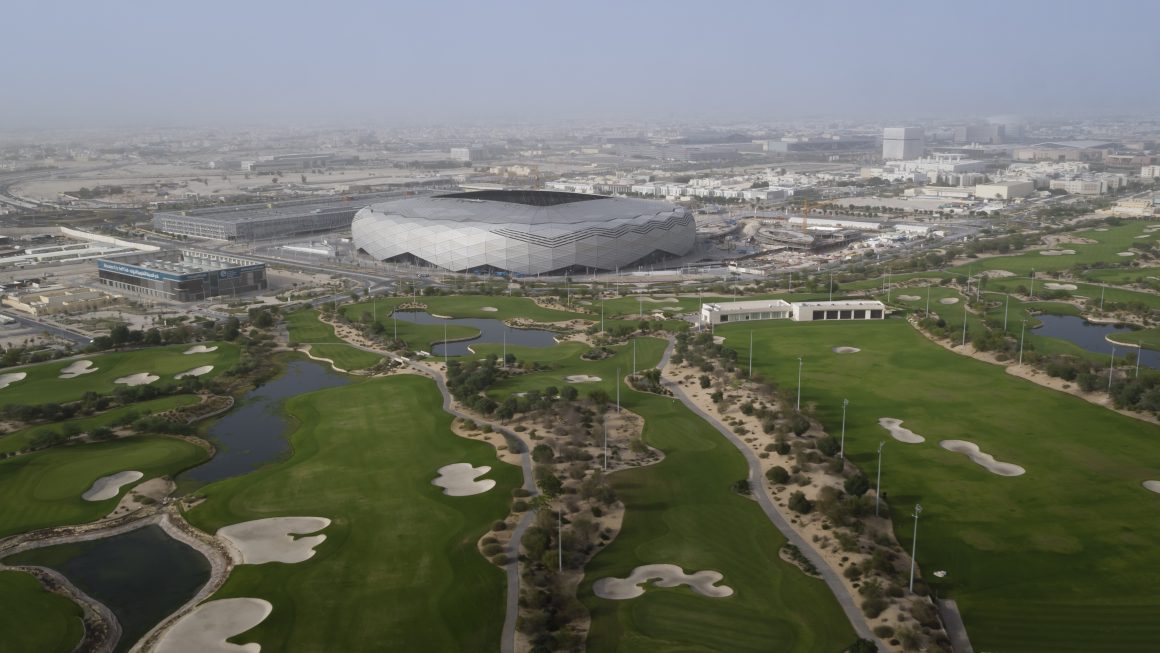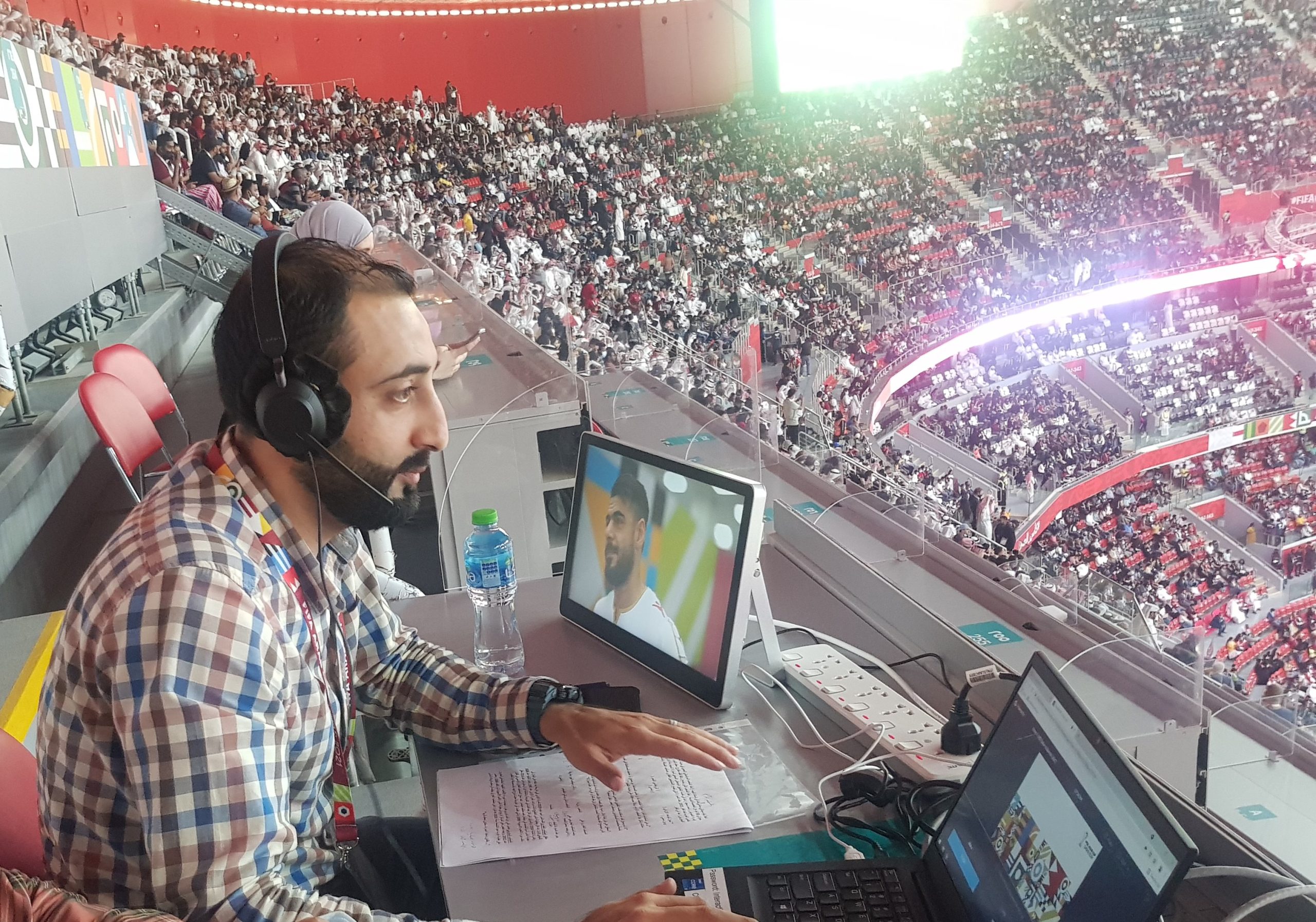The FIFA World Cup Qatar 2022 may be the end of a long national journey, but in what concerns inclusion, it is the beginning of a new era for Qatar.
Over the past decade, Qatar has undergone extensive changes in order to be ready to host the biggest football tournament. Better roads, better infrastructure, better connectivity, and perhaps most importantly, better accessibility.
In a country where accessibility has not always been at the forefront, Qatar’s promise to host the most accessible FIFA World Cup of all time, was slightly surprising but extremely welcome.
I, like many others, believe that the mega sporting event will pave the way for a more accessible country, and that persons with disabilities will be among the most important beneficiaries of its legacy.
What does it mean to deliver an accessible tournament?
But first, we need to understand what accessibility is. First and foremost, accessibility is a basic human right. It is ensuring that all persons, regardless of their abilities, have the means to experience and engage with the world around them in equitable terms.
Delivering an accessible tournament isn’t just about allocating accessible seats at the stadiums. It’s about ensuring that each person’s journey is accessible from the moment they step off a plane to the moment they step back onto a plane. It requires responding to the requirements and preferences of all persons, regardless of their (dis/in) abilities, and allowing them to navigate physical, digital and informational space with as few barriers as possible
To achieve this, multiple teams have dedicated their time and knowledge to auditing venues and implementing solutions that will allow all fans to sit side-by-side in equitable circumstances.
The last mile, which is the route people take from transport hubs to the stadiums, has been checked, public transport has passed the test, and hospitality, entertainment as well as cultural venues have also considered meeting their visitors’ specific needs.
What this means is a considerable segment of the population in Qatar has now had exposure to disability. Many of whom had little to no knowledge on accessibility previously are coming to the realisation that creating accessible spaces really isn’t that difficult.
Inclusivity lead by Qatar Foundation
Our students and faculty from the College of Humanities and Social Sciences at Qatar Foundation’s (QF) Hamad Bin Khalifa University (HBKU) have worked consistently towards enhancing inclusivity and accessibility in Qatar.
Over the last eight years, we have trained inclusive communication service providers, and have worked with partners such as the Supreme Committee for Delivery and Legacy, Qatar Museums, Qatar National Library and the Doha Film Institute to audit spaces, train staff, develop multiformat communication strategies, as well as, offer audio description for blind persons and multilingual captioning for deaf and hard of hearing audiences.
In doing so, we have established valuable connections with the community; have grown close to the people we are serving; and have raised the awareness of all those we have worked with.
Three of the eight FIFA World Cup stadiums in Qatar, including the Education City Stadium, will host sensory rooms for fans with cognitive disabilities. These sensory rooms are a tangible demonstration of Qatar’s commitment to hosting an accessible tournament.

Whether or not parents will risk taking their children to a mega event that is bound to be crowded, excessively noisy and inherently hazardous, remains a question.
However, having such a space at least provides them an option should they wish to attend. Alongside the sensory rooms, specialised accessibility volunteers – trained by Qatar Foundation – will be present on-ground to support people with accessibility needs.
It is hoped that beyond the FIFA World Cup, these sensory rooms will set a new standard and that similar spaces will be set up in other venues, such as malls, cultural spaces, hospitals, and more importantly, schools.
There is no doubt that true efforts have been made to improve accessibility for persons with disability. However, there will still be situations in which people will face difficulties, simply because a link in the chain may be faulty.
The venue itself may be accessible, but if the paving that leads to it is uneven, side curbs have no ramp, or if signposting is not clear, people may never get to enter the given space to enjoy the experience that has been created for them. And barriers may come in all shapes and forms, going unnoticed even to the trained eye, simply because no solution will ever fit all.
This realisation is humbling and allows us to question even what is created for the benefit of particular groups of persons.
In fact, even if not all is perfect, the exercise to making the FIFA World Cup an accessible event has been of great service to the country. All that is done for football fans will revert towards a more inclusive and accessible country.
Dignifying and normalising disability
Just the impact of preparing to host an accessible tournament has been huge.
Persons with disabilities have become more visible and more active. They have been called upon to support the national effort. They have secured their right to sit among fans, to support their team, while enjoying accommodations that make it possible for them to follow the events to their own abilities.
And persons with disability will not only be found in the spectators’ seats, they will be actively involved in the tournament as volunteers.
Normalising disability is dignifying and stimulating for those who deserve to be treated as equals in rights and opportunities. Perhaps when they are seen helping others, persons with disabilities will be offered jobs providing them with better livelihoods and an active role in society.

In all, it is clear that the legacy of the FIFA World Cup will be enormous, both to persons with and without disabilities. There will forever be a before and an after 2022 Qatar.
The country has changed in every way possible, and this includes the way persons with disability are perceived and respected; the (thoughtful) language that is used to address them; the way built environments are taking them into consideration; and how the services that are now provided to “all” are considerate of physical, sensory, intellectual and emotional differences.
Health, education, sports, and culture are slowly becoming more accessible to families and individuals. The FIFA World Cup Qatar 2022 may be the end of a long national journey, but in what concerns inclusion, it is the beginning of a new era for Qatar.
One last reflection is in order, inclusivity and accessibility are not exclusive to disability. It is about all persons in their diversity: language, culture, race, gender, heritage and beliefs, abilities and dreams are what make each of us unique. We are a sum of many parts. All we really want is to be respected in our differences, and to be nurtured to realise our full potential.
Professor Joselia Neves, Associate Dean for Social Engagement and Access at QF’s Hamad Bin Khalifa University. She has led collaborative projects in various fields – television, cinema, tourism, museums, cultural venues, publishing, performing arts and education – in an effort to provide access to persons with disabilities.
The views and opinions expressed in this article are those of the authors and do not necessarily reflect the official policy or position of Doha News, its editorial board or staff.







